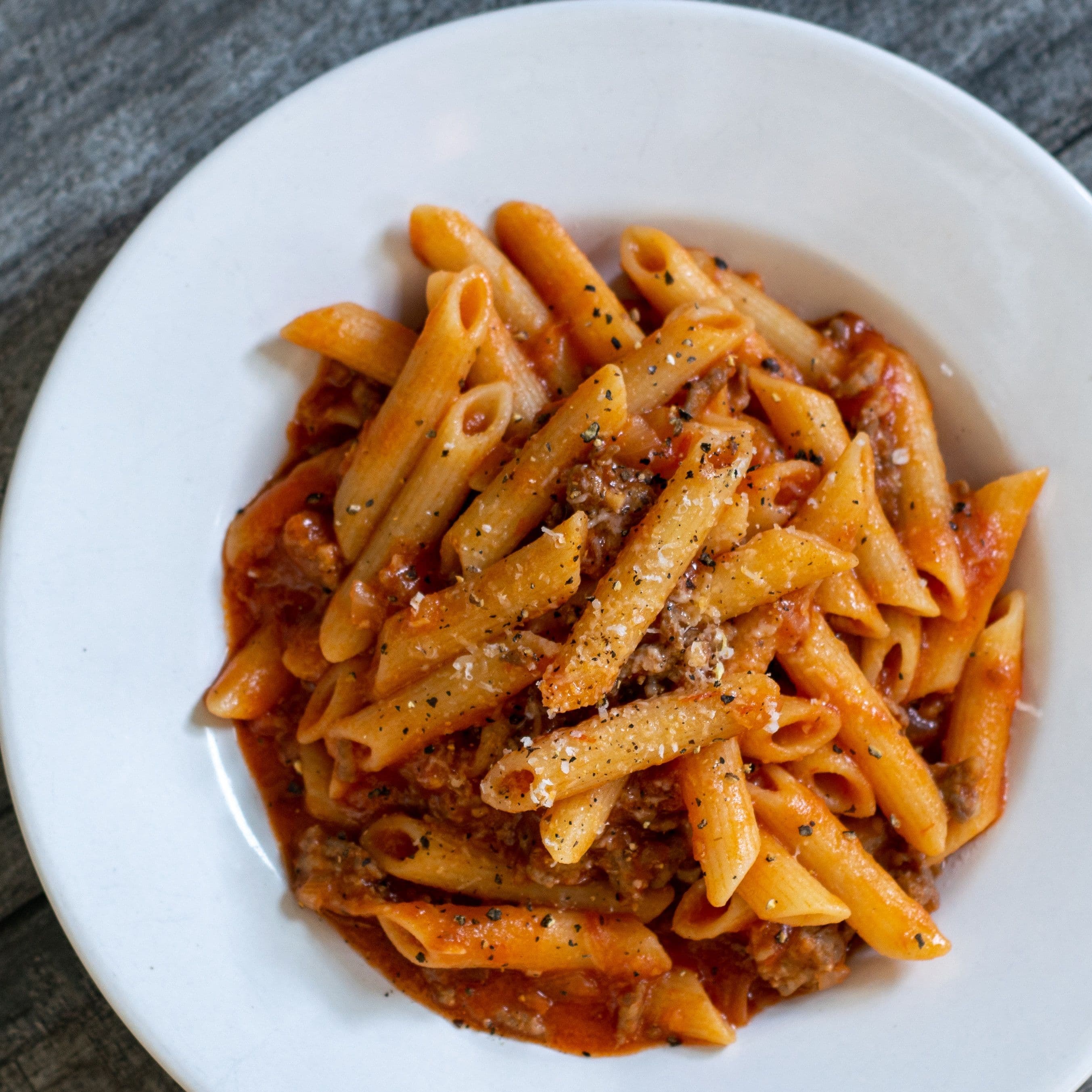A Step-by-Step Guide to Cooking Perfect Pasta
Cooking pasta is a simple yet essential skill for anyone who enjoys Italian cuisine or wants to create a quick and delicious meal. In this guide, we will walk you through the process of cooking perfect pasta, from choosing the right type of pasta to adding the finishing touches.
Step 1: Choose the Right Type of Pasta
There are hundreds of pasta shapes available, and each one pairs well with specific types of sauces. For example, long and thin pasta like spaghetti and linguine work well with light, oil-based sauces. Short and textured pasta like fusilli and rigatoni are perfect for thicker, creamier sauces. Choose a pasta shape that complements your desired sauce.
Step 2: Boil Water and Salt Generously
Bring a large pot of water to a rolling boil. The amount of water you use depends on the amount of pasta you're cooking, but generally, it's best to use at least 4 quarts (16 cups) of water for every pound of pasta.
Once the water is boiling, add a generous amount of salt to the water – about 1 to 2 tablespoons per pound of pasta. This will help to season the pasta and enhance its flavor.
Step 3: Add the Pasta to the Boiling Water
When the water reaches a rolling boil and you have added salt, it's time to add the pasta. Pour the pasta into the pot and give it a gentle stir to prevent it from sticking together or to the bottom of the pot.
Step 4: Cook the Pasta to Al Dente
Cook the pasta according to the package instructions, but start checking for doneness a couple of minutes before the recommended time. Al dente pasta should be tender but still slightly firm to the bite. To test for doneness, remove a piece of pasta from the water, let it cool for a few seconds, and then bite into it. It should have some resistance but not be hard or crunchy.
Step 5: Reserve Some Pasta Water
Before draining the cooked pasta, reserve about a cup of the pasta water. This starchy water can be used to adjust the consistency of your sauce, helping it to cling to the pasta and create a smoother, more cohesive dish.
Step 6: Drain the Pasta
Use a colander to drain the cooked pasta, being careful not to over-drain it. You want the pasta to retain a small amount of moisture to help the sauce adhere better.
Step 7: Combine Pasta with Sauce
Immediately after draining, add the pasta to your sauce, whether it's a simple olive oil and garlic mixture or a rich, hearty marinara. Toss the pasta and sauce together, adding reserved pasta water as needed to achieve the desired consistency.
Step 8: Serve and Enjoy
Plate your pasta, garnish with fresh herbs or grated cheese if desired, and serve promptly. Pasta is best enjoyed immediately after cooking to maintain its optimal texture and flavor.
With this step-by-step guide, you'll be able to cook perfect pasta every time. Buon appetito!
